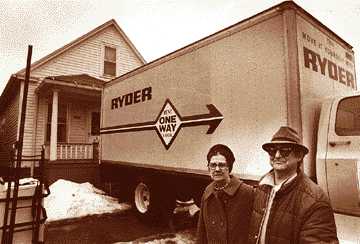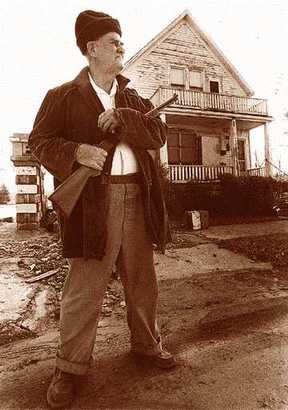| About Us | Contact Us | Calendar | Publish | RSS |
|---|
|
Features • latest news • best of news • syndication • commentary Feature Categories IMC Network:
Original Citieswww.indymedia.org africa: ambazonia canarias estrecho / madiaq kenya nigeria south africa canada: hamilton london, ontario maritimes montreal ontario ottawa quebec thunder bay vancouver victoria windsor winnipeg east asia: burma jakarta japan korea manila qc europe: abruzzo alacant andorra antwerpen armenia athens austria barcelona belarus belgium belgrade bristol brussels bulgaria calabria croatia cyprus emilia-romagna estrecho / madiaq euskal herria galiza germany grenoble hungary ireland istanbul italy la plana liege liguria lille linksunten lombardia london madrid malta marseille nantes napoli netherlands nice northern england norway oost-vlaanderen paris/Île-de-france patras piemonte poland portugal roma romania russia saint-petersburg scotland sverige switzerland thessaloniki torun toscana toulouse ukraine united kingdom valencia latin america: argentina bolivia chiapas chile chile sur cmi brasil colombia ecuador mexico peru puerto rico qollasuyu rosario santiago tijuana uruguay valparaiso venezuela venezuela oceania: adelaide aotearoa brisbane burma darwin jakarta manila melbourne perth qc sydney south asia: india mumbai united states: arizona arkansas asheville atlanta austin baltimore big muddy binghamton boston buffalo charlottesville chicago cleveland colorado columbus dc hawaii houston hudson mohawk kansas city la madison maine miami michigan milwaukee minneapolis/st. paul new hampshire new jersey new mexico new orleans north carolina north texas nyc oklahoma philadelphia pittsburgh portland richmond rochester rogue valley saint louis san diego san francisco san francisco bay area santa barbara santa cruz, ca sarasota seattle tampa bay tennessee urbana-champaign vermont western mass worcester west asia: armenia beirut israel palestine process: fbi/legal updates mailing lists process & imc docs tech volunteer projects: print radio satellite tv video regions: oceania united states topics: biotechSurviving Citieswww.indymedia.org africa: canada: quebec east asia: japan europe: athens barcelona belgium bristol brussels cyprus germany grenoble ireland istanbul lille linksunten nantes netherlands norway portugal united kingdom latin america: argentina cmi brasil rosario oceania: aotearoa united states: austin big muddy binghamton boston chicago columbus la michigan nyc portland rochester saint louis san diego san francisco bay area santa cruz, ca tennessee urbana-champaign worcester west asia: palestine process: fbi/legal updates process & imc docs projects: radio satellite tv |
printable version
- js reader version
- view hidden posts
- tags and related articles
Can They Take My Home Away Too?by Happy Homeowner Friday, Feb. 10, 2006 at 7:49 AMAuto plant vs. neighborhood: The Poletown battle
In 1981, General Motors and the cities of Detroit and Hamtramck collaborated in a grand plan to bring industry back to what was perceived as a dying city, to add to the two cities' tax coffers and to keep the automotive business centered in Detroit.
Report this post as:
John Saber, one of the last residents of Poletown, sits on the front steps of his homeby Happy Homeowner Friday, Feb. 10, 2006 at 7:49 AM
John Saber, one of the last residents of Poletown, sits on the front steps of his home on Kanter Street in 1983.
Report this post as:
A rose stuck in the fence outside Immaculate Conception Churchby Happy Homeowner Friday, Feb. 10, 2006 at 7:49 AM
A rose stuck in the fence outside Immaculate Conception Church is all that remains of a 1981 protest vigil as workers continue to dismantle the Poletown landmark.
Report this post as:
His Passion & Resolve Tells The Whole Storyby Happy Homeowner Friday, Feb. 10, 2006 at 7:49 AM
Taking his property is taking his labor. John Saber stands guard in front of his home on Kanter. He was one of the last holdouts, suing the city for million.
Report this post as:
|






